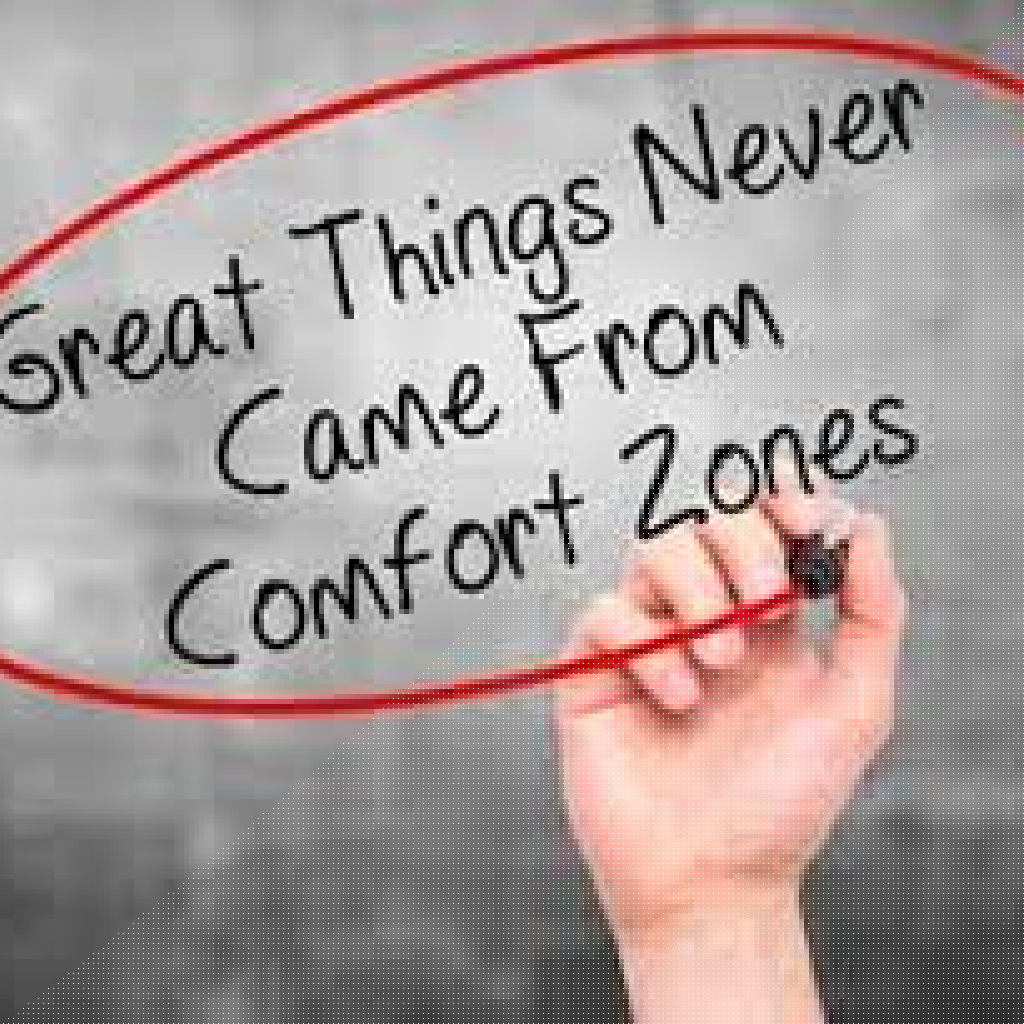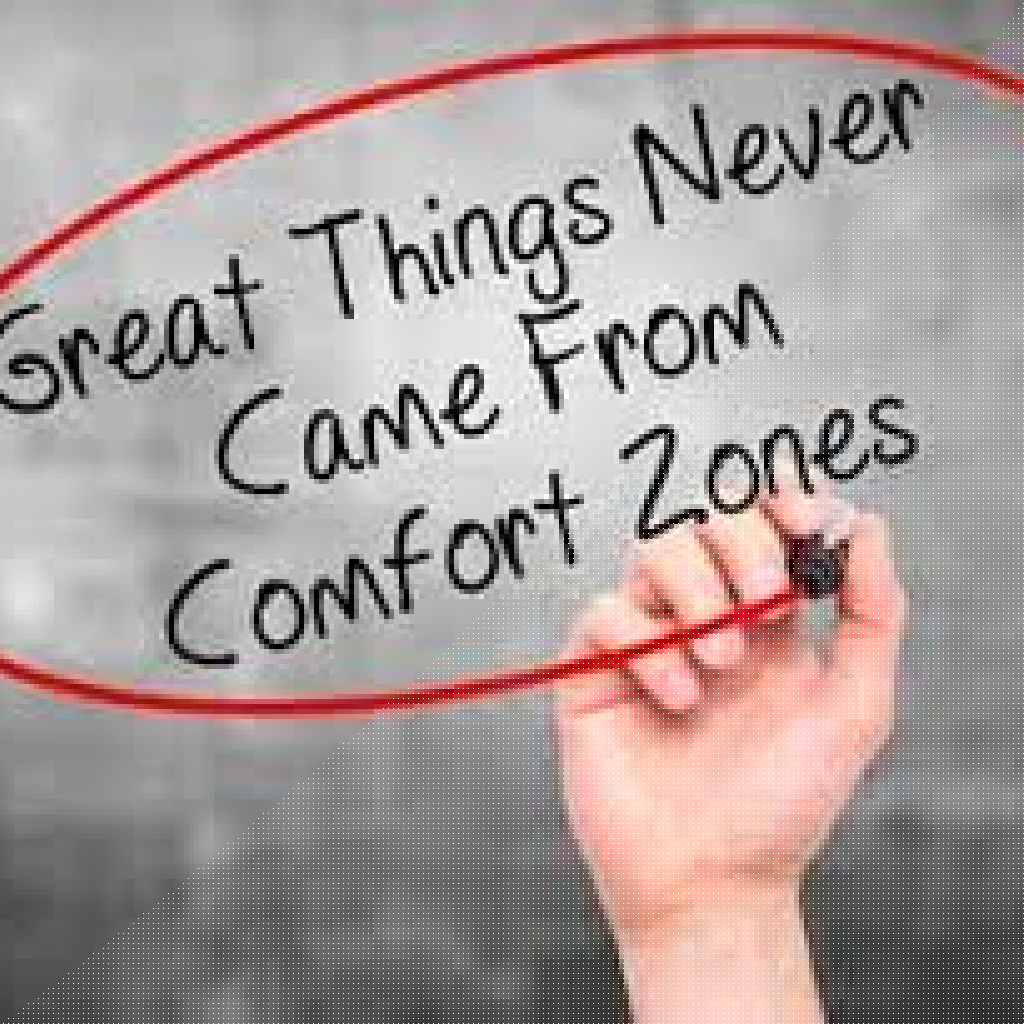Key Takeaways:
- Effective management prioritizes relationship building and employee engagement for enhanced performance.
- Implementing diverse training practices can significantly improve team dynamics and overall productivity.
In today’s fast-paced business environment, effective management plays a crucial role in driving team performance and achieving organizational goals. However, many managers continue to struggle with their roles, particularly when it comes to embracing new management styles, effectively communicating with their teams, and fostering relationships that boost employee engagement. Understanding these dynamics is essential for any manager who aims to not just lead a team but cultivate a thriving workplace culture. Let’s delve into some core management practices and actionable strategies that can help enhance performance and create a more productive environment.
Understanding Management Styles that Impact Performance
Management styles are critical when it comes to influencing employee performance. Various styles, including authoritarian, democratic, and transformational leadership, can have different effects on a team’s motivation and output. For example, a democratic approach encourages team participation in decision-making, fostering a sense of ownership that can boost morale and performance. This method can be particularly effective in generating creative solutions for complex problems, as team members feel their opinions are valued.
Implementing a transformational leadership approach can also be beneficial. By inspiring employees through a shared vision and goals, managers can motivate their teams to go beyond mere compliance and strive for excellence. This approach not only drives performance but also contributes to the personal growth of employees, making them more engaged and loyal to the organization.
How Can Managers Enhance Employee Engagement?
Engagement is a pivotal factor in employee performance. Managers can enhance engagement by establishing open lines of communication. Regular check-ins and feedback sessions encourage employees to share their thoughts and feelings, providing insights into their motivation and job satisfaction.
Another strategy is recognizing and rewarding employees’ efforts. Celebrating achievements—big or small—can build a positive work environment, motivating employees to deliver their best. For instance, implementing an employee of the month program can fuel competition and acknowledge outstanding performances while enhancing camaraderie among team members.
Hiring and Training for Optimal Performance
Successful management also hinges on the processes of hiring, training, and promoting employees. Hiring the right talent is fundamental; managers should aim to recruit individuals whose values align with the company culture. Behavioral interviews can be an effective method of gauging suitability beyond just skills and experience, helping to identify candidates who exhibit strong cultural fits.
Once hired, the onboarding process should be structured but flexible, allowing new employees to acclimate comfortably into their roles. Ongoing training programs are equally essential, providing employees with the necessary skills to excel in their positions. Organizations should consider various methodologies for training, including in-person seminars, online courses, and peer mentoring programs, tailoring learning experiences to suit individual needs.
What Are the Best Techniques for Business Communication?
Effective business communication is a linchpin for successful management. Managers must practice clarity, brevity, and relevance in their communication. When delivering information, they should focus on what is most pertinent to the team, avoiding unnecessary jargon that could frustrate or confuse employees.
Furthermore, utilizing various communication channels can enhance information dissemination. While emails serve as formal communication tools, managers can also facilitate informal chats or video conferences to discuss pressing issues in a more engaging manner.
By creating a culture that encourages open dialogue, managers can ensure that employees feel comfortable voicing their ideas and challenges, which can lead to innovative solutions and enhanced problem-solving capabilities.
Building Relationships for a Strong Team Dynamic
Strong workplace relationships are the backbone of an effective team. Managers should strive to foster an inclusive environment where every employee feels valued and part of the team. Simple activities, such as team-building exercises, can promote trust and improve interpersonal relationships.
Additionally, practicing empathy and understanding the unique differences among team members can greatly benefit managers. Emotional intelligence allows leaders to connect with their employees on a personal level, which can improve employee retention and performance. When team members feel acknowledged and understood, they’re more likely to contribute actively and positively to the workplace.
Implementing Diversity Training for Greater Cohesion
Diversity training within the workplace is a critical component of modern management. Not only does it promote inclusion, but it enhances team collaboration and drives creativity. Diverse teams can draw on a wide range of perspectives, which fosters innovation and problem-solving capabilities.
Managers must commit to ongoing diversity initiatives, ensuring that every voice in the team is heard and valued. Training programs that focus on unconscious bias, inclusive practices, and cultural competency can help employees understand the importance of diversity and how to work collaboratively.
Conclusion
In the ever-evolving landscape of business, effective management strategies focused on enhancing performance, communication, and employee engagement are paramount. By embracing diverse management styles, prioritizing hiring and training, and fostering strong workplace relationships, managers can drive their teams towards exceptional productivity and success. The strategies discussed here serve as actionable insights that today’s managers can implement right away, ultimately achieving their organizational goals and maintaining a motivated workforce.













